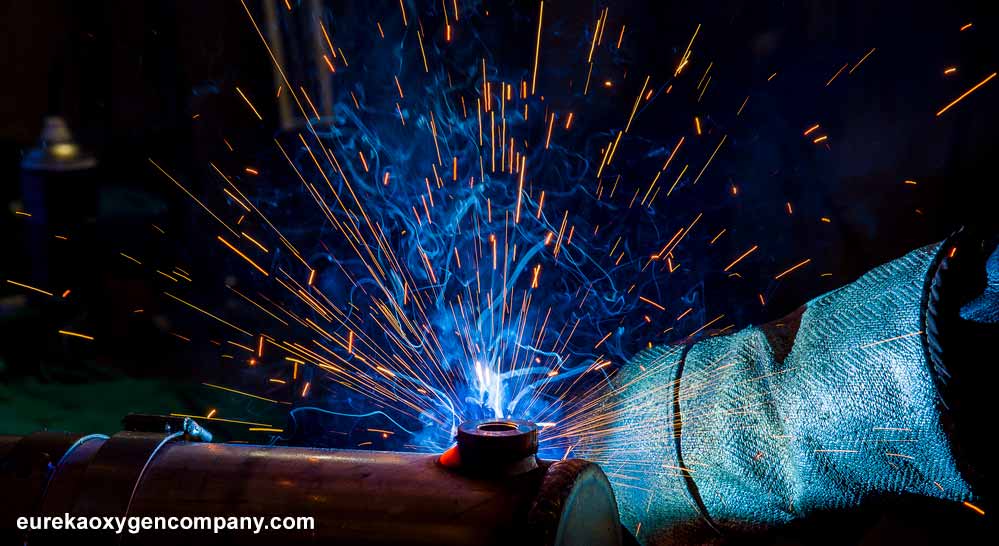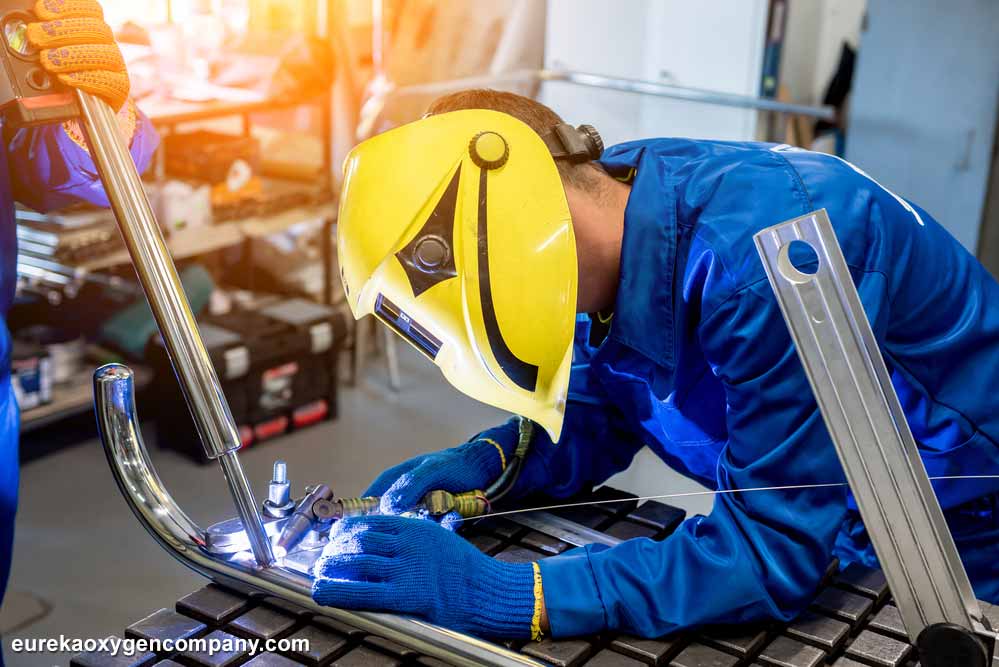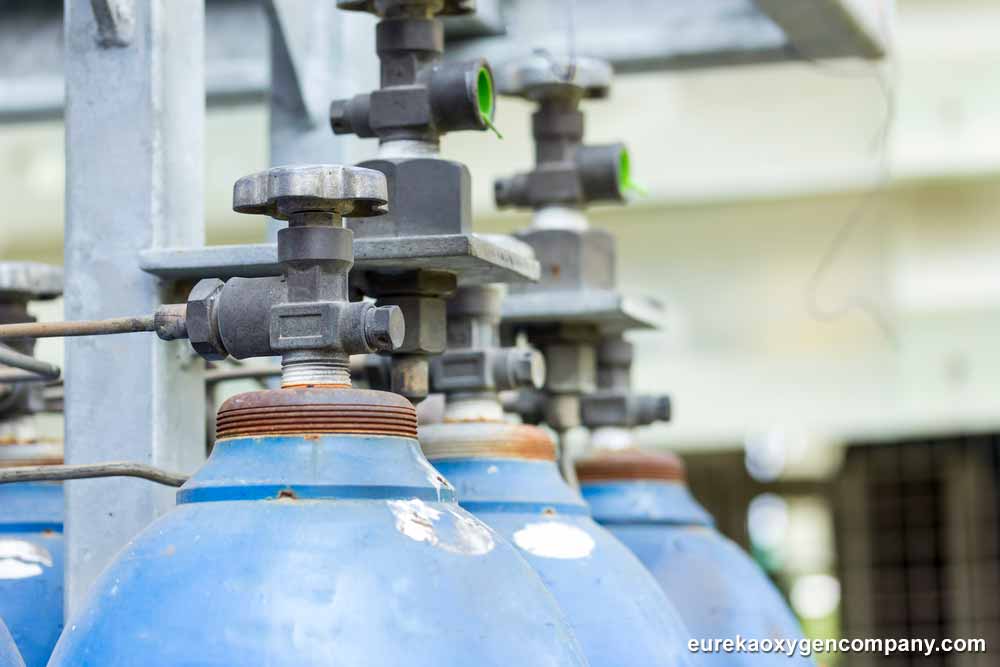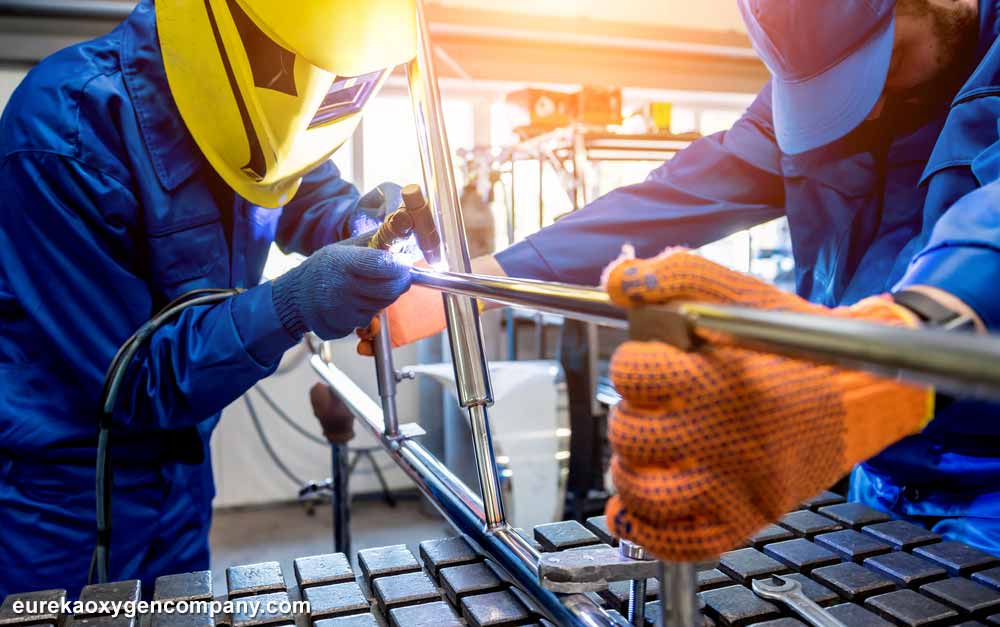What are the benefits of using argon-CO2 mixtures in welding?
These blends go a long way in balancing out the most extreme shortcomings of utilizing each of these industrial gases separately. For example, mixes with a higher argon content minimize spatter and the smoke produced when you use pure CO2.
Welding processes in which argon-CO2 mixtures are commonly used
Argon-CO2 blends are especially ideal for welding carbon steels, stainless steels and even low alloy steels. They are commonly employed in a number of different welding processes including gas metal arc welding, flux cored arc welding and MIG welding.
Let us now take a look at some of the most popular types of argon-CO2 mixtures.
C-5
This argon-CO2 mix consists of 95% argon and 5% CO2. It is commonly made use of in pulsed spray transfer applications along with short circuit transfer applications on diverse metal thicknesses. It may also be employed in pulsed gas metal arc welding of low alloy steels.
C-10
The C-10 blend is composed of 90% argon and 10% CO2 and mostly offers the same performance as the C-5 mixture. However, it greatly improves heat input, which enables it to deliver a much more fluid weld pool in both short circuit and spray transfer applications.
C-15
C-15 is made up of 85% argon and 15% CO2 is typically utilized for diverse welding applications on carbon steels and low alloy steels. It is known to deliver maximum productivity on thin gauge metals, particularly when used in short circuit transfer processes.
C-20
This argon-CO2 mix comprises 80% argon and 20% CO2 is ideal for both short circuit transfer and spray transfer on carbon steels.
C-25
The C-25 blend consists of 75% argon and 25% CO2 and is frequently utilized in pulsed gas metal arc welding of low carbon steels. It is widely acclaimed for delivering maximum droplet frequency on short circuit applications. C-25 as well performs superbly in high current processes on heavier base metals. This argon-CO2 mix also provides improved arc stability, weld pool control and weld bead appearance.

Argon-CO2 mixtures vs. Argon-O2 & Argon-H mixtures
When compared to other Argon mixes for welding, the key shortcoming of argon-CO2 blends is without doubt cost. If you are a hobbyist, using these blends can be expensive, but your overall welding experience will be much improved. For a professional welder, argon-CO2 mixtures will prove to be a highly desirable investment.
Eureka Oxygen is a leading vendor of a wide variety of industrial and welding gases including argon-CO2 mixtures, from which you can choose the best for your unique needs and preferences. We also offer diverse welding equipment, welding supplies, industrial equipment and more at our 4 different locations in the state of California.

